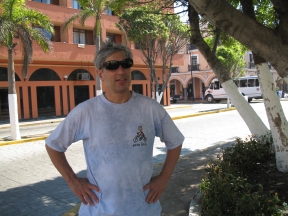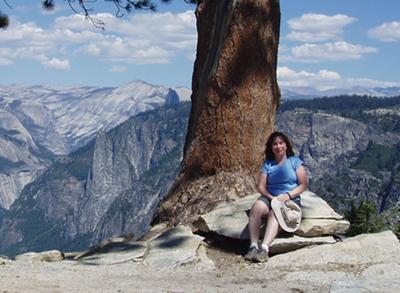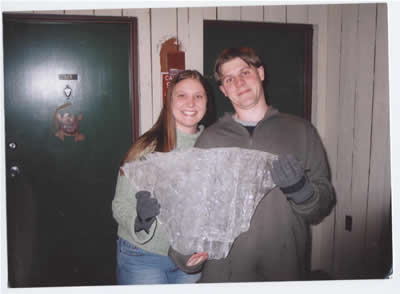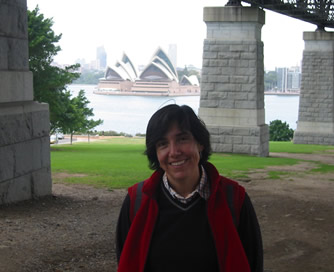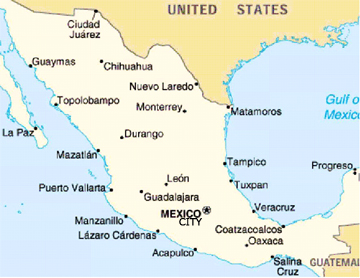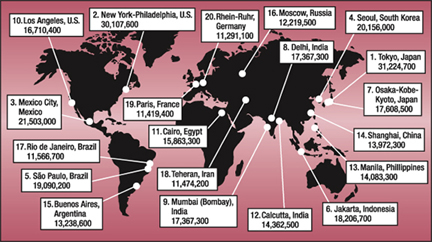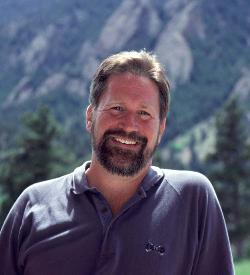
Chris Cantrell
I have been interested in environmental issues almost my entire life, going back to my decision to quit using aerosol deodorant (to help reduce damage to the ozone layer) when I was high school. I have also always been interested in science and mathematics as long as I can remember.
I received a Bachelor of Arts from a small liberal arts college in Kansas (Kansas Wesleyan), majoring in chemistry and mathematics, and minoring in physics. There I was involved in some air monitoring experiments and some undergraduate research with complex instrumentation (NMR, GC/MS). My liberal arts education impacted my thinking on sustainability of our energy hungry economy, and the relation of first world economies to third world countries.
In between undergraduate and graduate school, I worked at a water analysis laboratory. There, we analyzed drinking water and treated and untreated sewage for various pollutants. I became familiar with EPA required methods of analysis and the operation of more instrumentation (including atomic absorption for metals and total organic carbon).
I studied chemistry at the University of Michigan. My thesis advisor (Donald Stedman) had appointments in the Chemistry and Atmospheric and Oceanic Science departments. As a result, I took classes in standard chemistry topics (quantum mechanics, separation methods), and in atmospheric science issues (air pollution meteorology, air pollution instrumentation). My dissertation describes the development and deployment of a new method of measuring peroxy radicals (HO2 and RO2) in the troposphere using a technique called "chemical amplification". In this method, small concentrations of radicals are converted ("amplified") to larger concentrations of NO2, which are easier to measure. This method was taken on by several research groups around the world as the standard approach for peroxy radical measurement.
After receiving my Ph.D. in 1983, I was a post-doctoral fellow in the Advanced Study Program of NCAR in Boulder, Colorado. I worked with Jack Calvert on laboratory studies of reactions involving the NO3 radical which can be important at night and lead to the production hydrogen radicals. After my post-doctoral appointment, I was a visiting scientist, and later a scientific staff member. I continued laboratory studies of chemical reactions that occur in the atmosphere for a time, and then in the late 1980s, returned to measuremnt of atmospheric peroxy radicals. I was involved in a number of deployments of the chemical amplifier while making several important improvements. In the mid-1990s, I began work on a new method to measure peroxy radicals based on chemical ionization mass spectroscopy. The instrumentation that I developed has been deployed in a number of airborne and ground-based field studies, providing valuable quantification of these important atmospheric free radical species.
Today, I am a Scientist III and Section Head in the Atmospheric Chemistry Division, of the Earth Systems Science Laboratory, of the National Center for Atmospheric Research. I lead a small group of researchers involved in exploiting chemical ionization mass spectroscopy for measurements of a number interesting atmospheric oxidants (like OH and HO2) and photochemical products (like nitric acid, sulfuric acid, and methane sulfonic acid). We continue to improve the quality of our measurements by making improvements to the instrumentation and calibration procedures. During MIRAGE, I am happy to share the results of our measurements as they happen in the field.






